Tips For Growing Water Hyacinth Plants
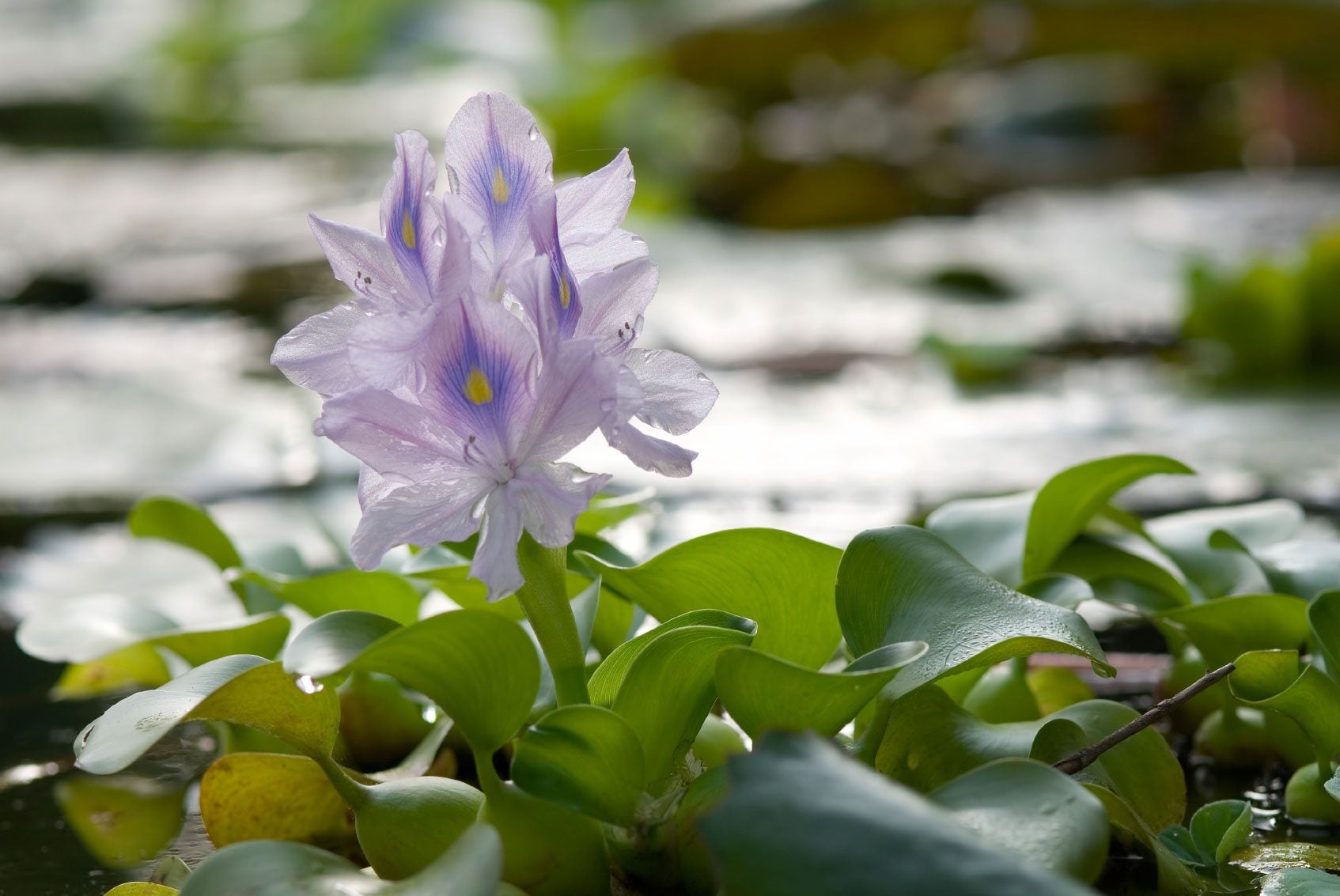
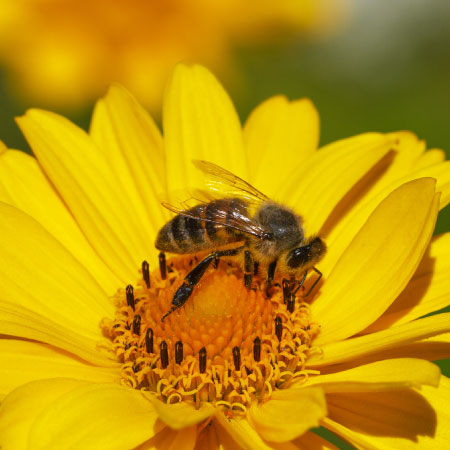
Beautiful but destructive in the wrong environment, water hyacinths (Eichhornia crassipes) are among the showiest of water garden plants. Flower stalks that grow about six inches (15 cm.) above the foliage arise from the centers of the rosettes in spring, and by the end of spring, each plant holds as many as 20 gorgeous purple flowers. The flowers last until fall and make striking cut flowers.
How to Grow Water Hyacinth
Growing water hyacinth plants is easy. Once established, they require no special care except occasional thinning to keep them from choking out everything else in the pond. Under perfect conditions, a colony of water hyacinths can double its size every 8 to 12 days. Water hyacinths need full sun and hot summer temperatures. Introduce them to the garden by scattering bunches of plants over the surface of the water. They quickly take hold and begin to grow. Thin the plants when they cover more than 60 percent of the water surface. Water hyacinth plants survive winters in U.S. Department of Agriculture plant hardiness zones 8 through 11. They are best grown as annuals in places where cold winters keep them in check by killing them back. In warmer areas, these plants do become invasive. You can overwinter them indoors in a sunny spot, but they are inexpensive to replace each year. Most gardeners don't find them worth the trouble to keep over winter.
Container Grown Water Hyacinths
A half barrel is an ideal container for a water hyacinth. The plants need full sun in garden ponds, but in containers they do best if they have shade from mid to late afternoon. Cover the inside of the barrel with a heavy duty garbage bag and then place a layer of soil in the bottom of the container. Don't use commercial potting soil, which contains fertilizers and other chemicals that may harm the plant and encourage the growth of algae. Commercial soils also contain perlite and vermiculite, which floats to the top of the container. Cover the soil with a thin layer of sand. City water is usually treated with chlorine or chloramine, which is harmful to plants. Garden centers sell products that remove the chlorine and chloramine from the water and make it safe for plants. There is no need to treat the small amounts of water that you use to top off the container through the season. You can allow the plant to float on the surface of the water, or anchor it in place by attaching one end of a length of nylon string to the plant and the other end to a brick. WARNING: Water hyacinth is a highly invasive species in areas with mild winters. The plants are banned in several states. Once they enter waterways, the plants grow and reproduce to form dense mats that choke out native species. A thick growth of water hyacinths can ensnare boat motors and make it impossible to use infested lakes for recreational purposes. The plants block out sunlight and deplete oxygen, killing off fish and other wildlife that live in the water.
Gardening tips, videos, info and more delivered right to your inbox!
Sign up for the Gardening Know How newsletter today and receive a free copy of our e-book "How to Grow Delicious Tomatoes".

Jackie Carroll has written over 500 articles for Gardening Know How on a wide range of topics.
-
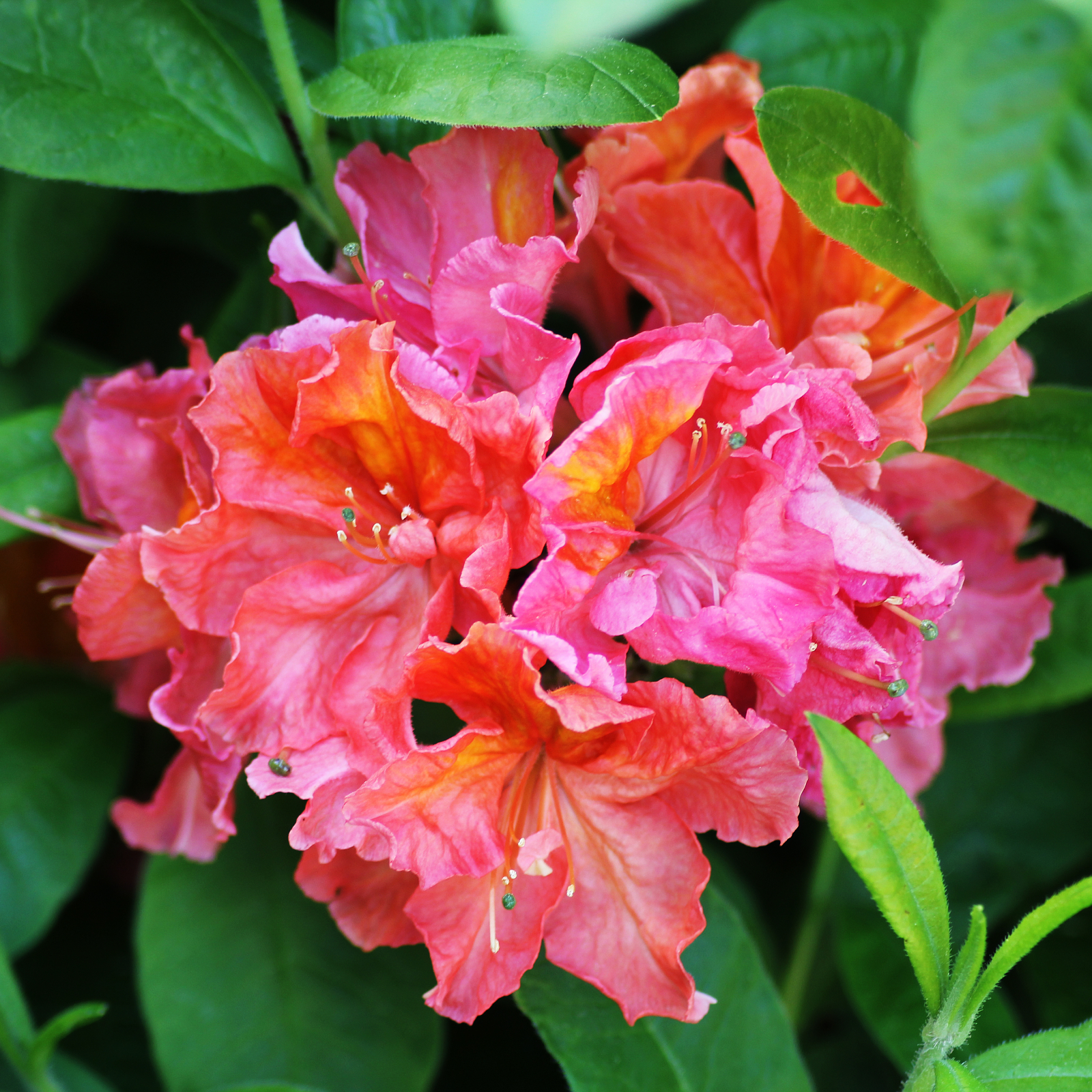 8 Noteworthy Native Azaleas Every Gardener Should Know – And Grow!
8 Noteworthy Native Azaleas Every Gardener Should Know – And Grow!Native azaleas offer brilliant blooms in a range of colors and sizes. Here are a few favorites to get inspired and start working on a native shade garden!
-
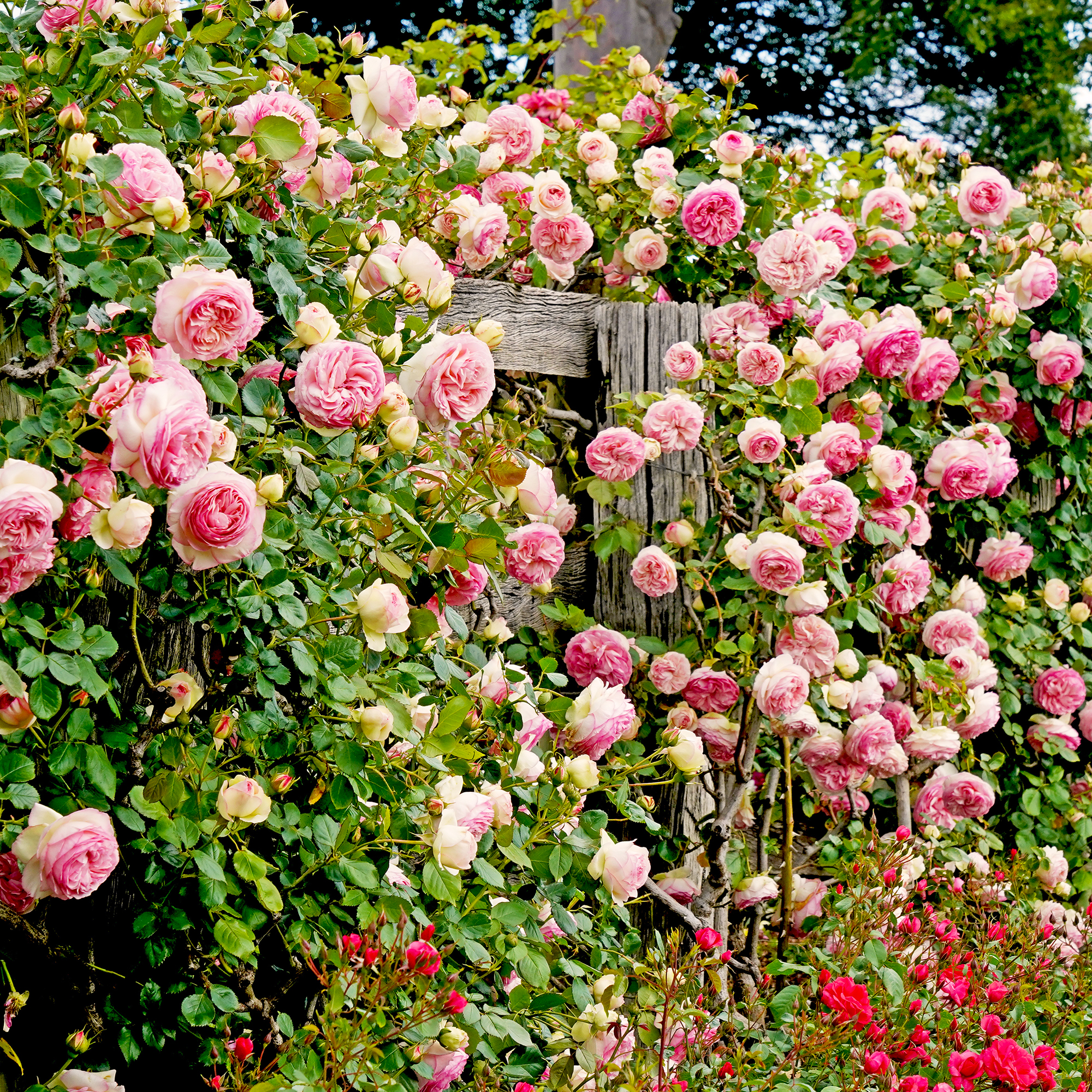 Growing Climbing Roses: How To Create Elegant Displays With Maximum Blooms
Growing Climbing Roses: How To Create Elegant Displays With Maximum BloomsMaster the art of growing stunning climbing roses with this essential guide to creating vibrant, fragrant walls and structures all summer long.
-
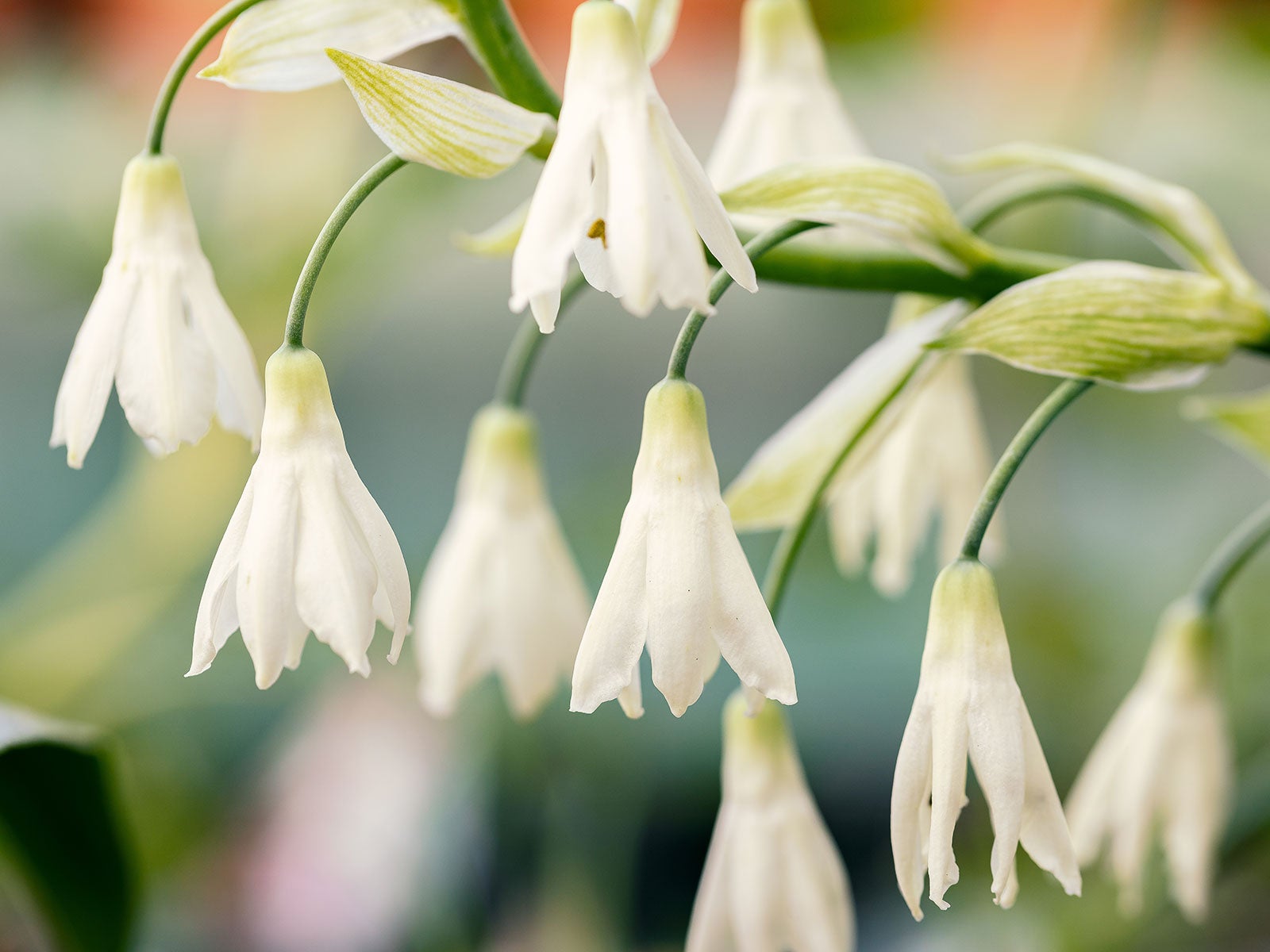 Grow Ornithogalum Candicans: Add Sparkle To Borders With Summer Hyacinth
Grow Ornithogalum Candicans: Add Sparkle To Borders With Summer HyacinthLooking like a giant snowdrop, Ornithogalum candicans lights up summer borders. Find out how to grow summer hyacinth for bright white blooms.
-
 Hyacinth Bulb Itch – What To Do For Hyacinth Skin Allergy
Hyacinth Bulb Itch – What To Do For Hyacinth Skin AllergyHyacinth is a popular fall planted bulb for cheerful, fragrant spring blooms. These flowers help to drive away winter glooms. Unfortunately, hyacinth irritation can be an issue. Learn more about this skin problem, referred to as hyacinth bulb itch, in the following article.
-
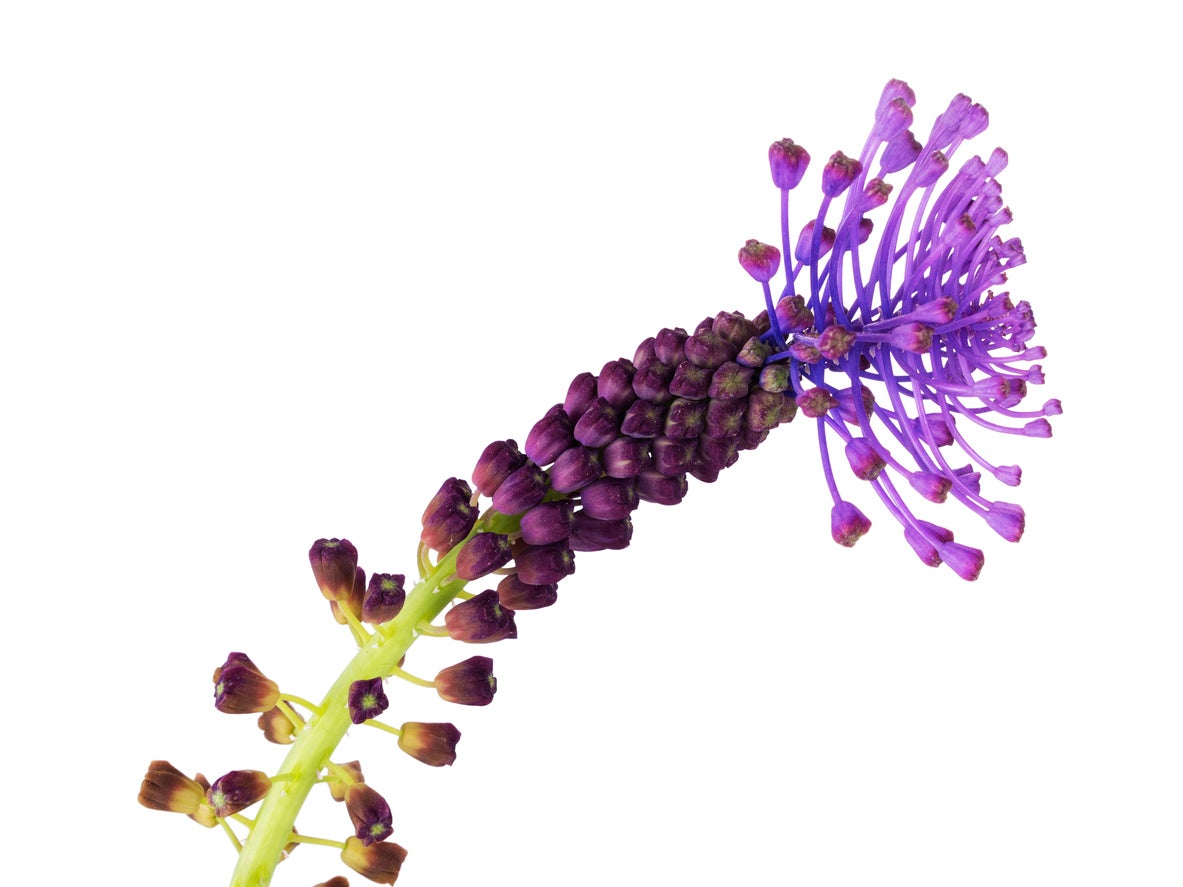 Feather Hyacinth Plants – Tips For Planting Feathered Grape Hyacinth Bulbs
Feather Hyacinth Plants – Tips For Planting Feathered Grape Hyacinth BulbsThe feather hyacinth, aka tassel hyacinth plant, can add another cool textural element to the garden with their feathery plumes. If you have some of these bulbs and are ready to go, click this article for tips on how to grow a Muscari feather hyacinth, including tips on their care.
-
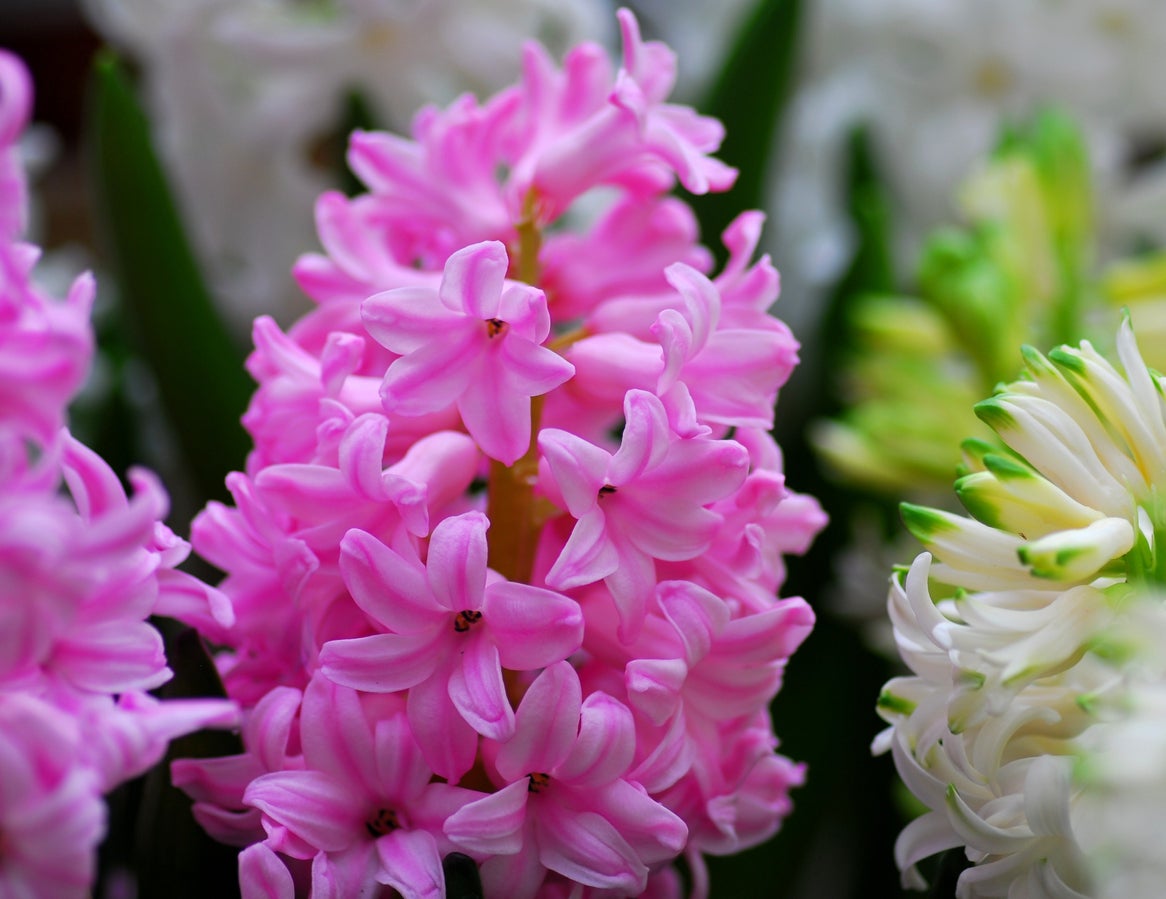 Growing Amethyst Hyacinths: Information On Amethyst Hyacinth Plants
Growing Amethyst Hyacinths: Information On Amethyst Hyacinth PlantsGrowing Amethyst hyacinths (Hyacinthus orientalis ‘Amethyst’) couldn’t be much easier and, once planted, each bulb produces one spiky, sweet-smelling, pinkish-violet bloom every spring, along with seven or eight big, shiny leaves. Learn more in this article.
-
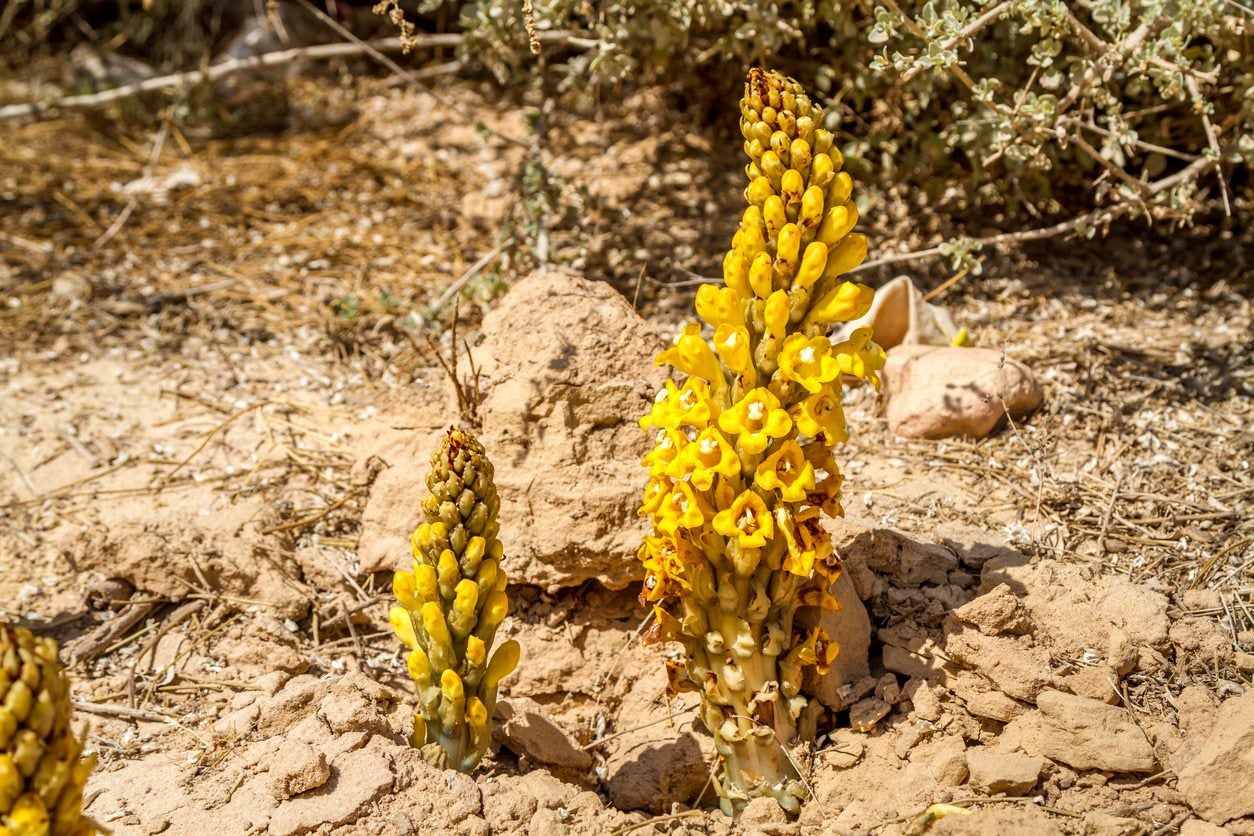 Desert Hyacinth Information – Learn About The Cultivation Of Desert Hyacinths
Desert Hyacinth Information – Learn About The Cultivation Of Desert HyacinthsDesert hyacinth is a fascinating desert plant that produces tall, pyramid-shaped spikes of dazzling yellow blooms during the spring months. What makes desert hyacinth plants so interesting? For more desert hyacinth information, click this article.
-
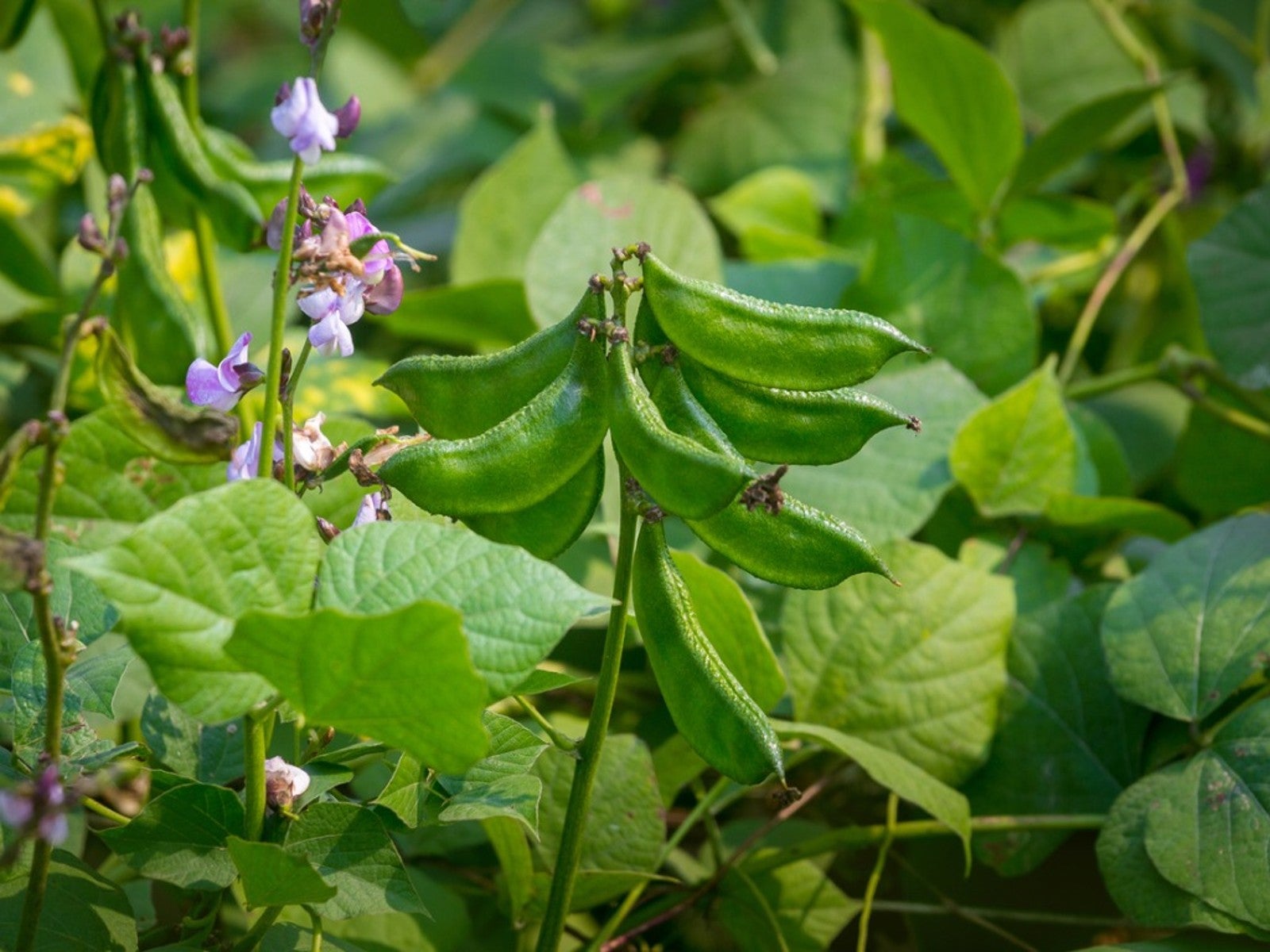 Pruning Hyacinth Bean Plants: When To Prune Hyacinth Bean Plants
Pruning Hyacinth Bean Plants: When To Prune Hyacinth Bean PlantsPruning may sacrifice flowers, but if the plant gets out of control, you know when to prune hyacinth bean. Pruning is strictly for aesthetics and to keep the plant in a habit you require. This article has additional information on pruning hyacinth bean plants.
-
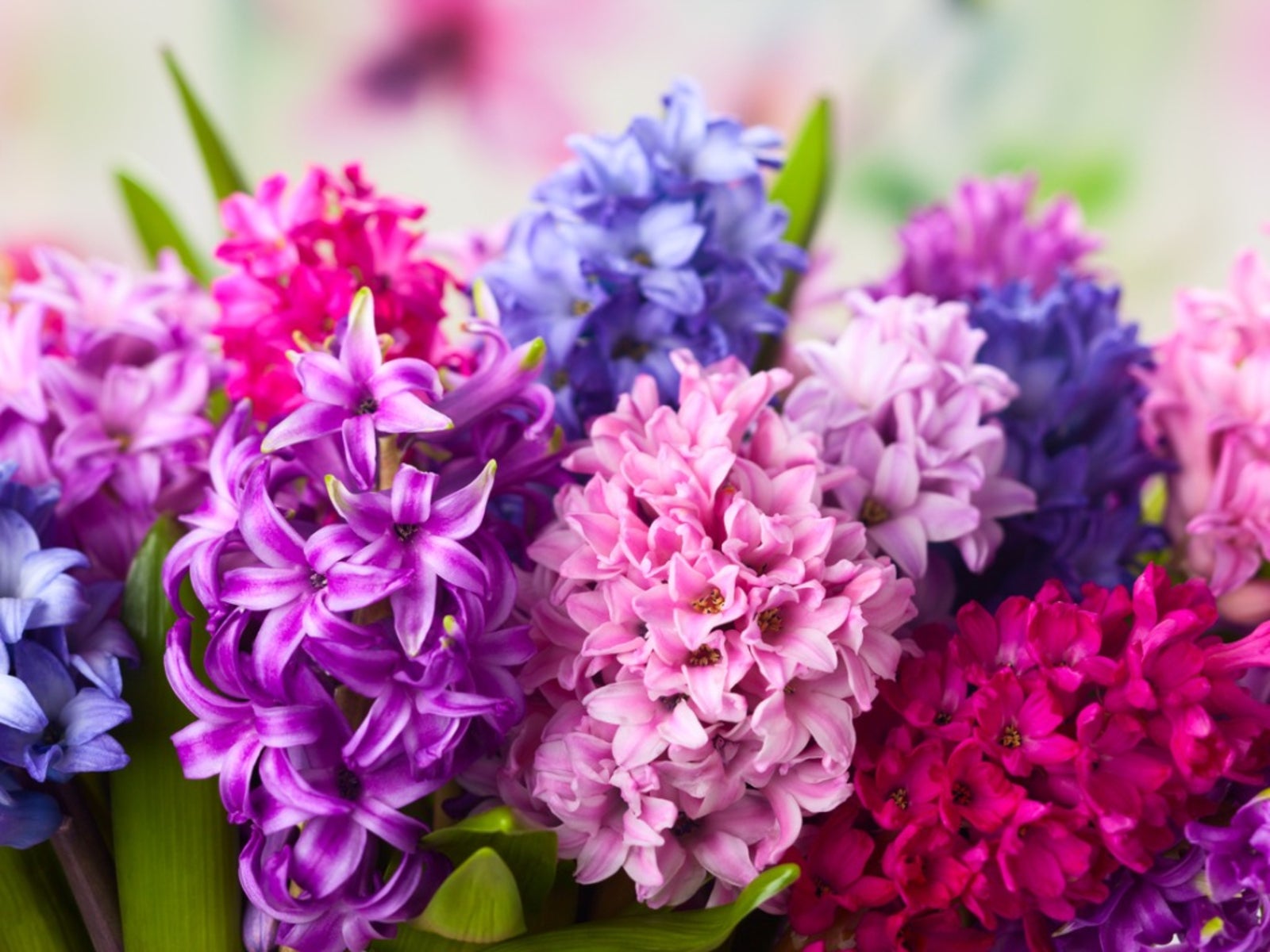 Hyacinth Seed Propagation – How To Grow Hyacinths From Seed
Hyacinth Seed Propagation – How To Grow Hyacinths From SeedAs hyacinth flowers fade and small green seed pods begin to form in their place, you may wonder, can you propagate hyacinth seeds? Click this article to learn about saving hyacinth seed and hyacinth seed propagation.
-
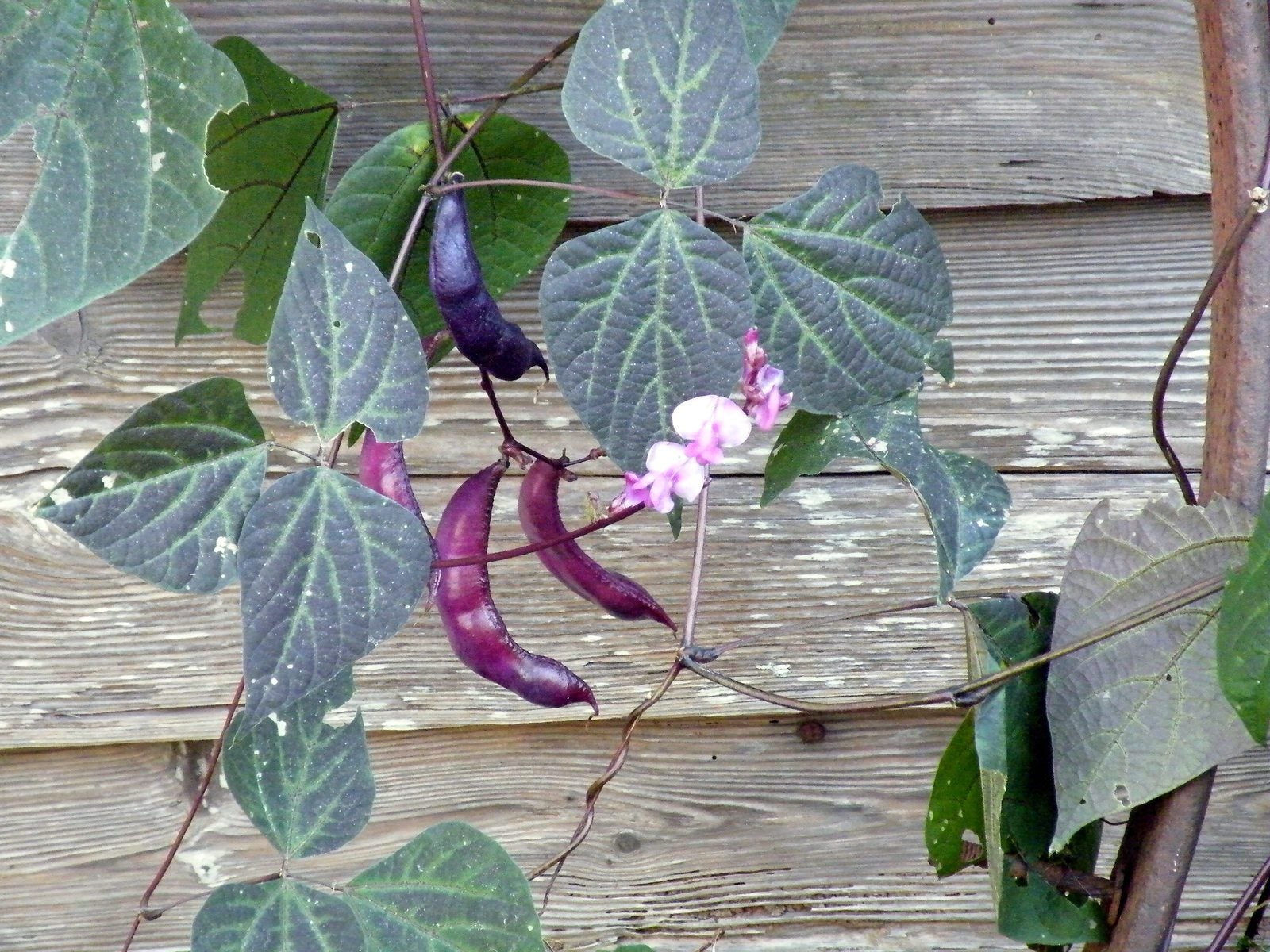 Hyacinth Bean Vines: Tips On Growing Hyacinth Beans In Pots
Hyacinth Bean Vines: Tips On Growing Hyacinth Beans In PotsWith purple flowers and striking fuchsia pods, hyacinth bean vines brighten up any garden. But what if you don't have a garden? Is it possible to grow these beauties in a pot? Click this article to learn more about how to plant hyacinth beans in containers.